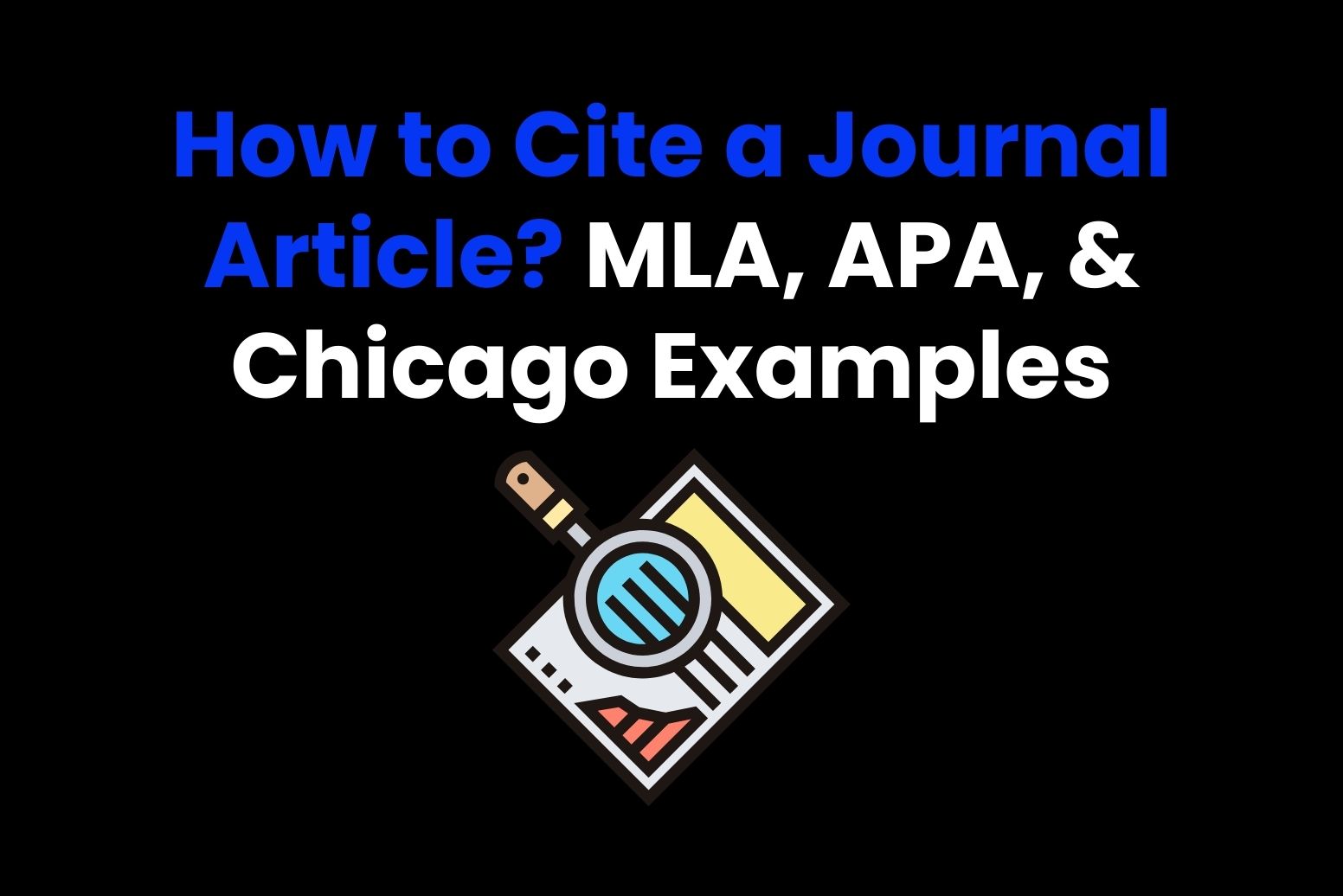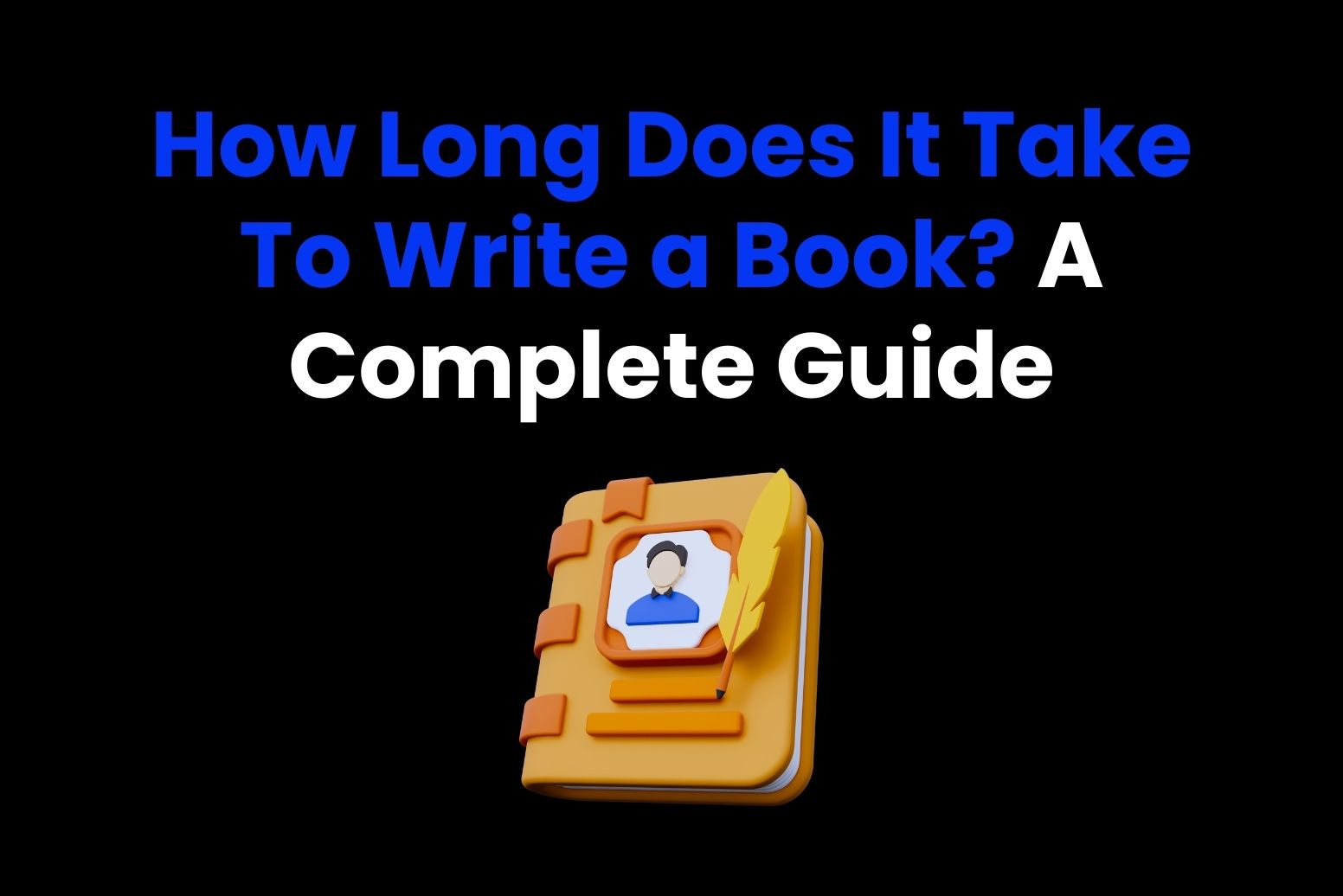
Learning how to avoid plagiarism couldn’t be more important if you’re a student. After all, submitting plagiarised work, whether you mean to or not, will likely cause you to fail.
Today, universities have advanced plagiarism detectors to flag potentially plagiarised assignments, so it’s very difficult to get away with passing someone else’s work off as your own.
But, as I found during my studies, it’s often the unintentional plagiarism that gets you. You might, for instance, forget to cite a piece of work you have paraphrased. Or, you might not think you need to, as you have formed your perspective from numerous sources.
Given the stress that plagiarism can cause, I want to show you how to avoid it. So, read on to discover five practical steps you can take to ensure your work is not plagiarised.
Step 1: Understand what plagiarism actually is
According to the University of Oxford, one of the most respected academic institutions in the world, plagiarism is the act of:
“Presenting work or ideas from another source as your own, with or without consent of the original author, by incorporating it into your work without full acknowledgement.”
So, for example, if I didn’t attribute the above quote to Oxford University and passed it off as my own definition of plagiarism, I would be plagiarising their work.
The easiest way to understand plagiarism is to recognize it as a form of theft. You steal someone else’s thoughts, ideas, or arguments and try to pass them off as your own.
This is a crucial interpretation, as plagiarism isn’t the same as copying someone’s work or taking inspiration from somewhere else to use in your own piece.
It’s absolutely fine to use someone else’s work as a source of inspiration. But to avoid plagiarism, you must give that source credit. You can do this with a citation or by adding a hyperlink, as I did above.
If you’re writing academically, you can use Arvin as a citation generator. Each time you take inspiration from another source and add it to your essay, make sure you cite it. Using our chat tool for your citations will make life much easier for you and prevent you from getting caught up in a plagiarism debate.
You can also educate yourself on how to quote an article or book, as our recent blog post dives deep into how to correctly cite academic work.
Step 2: Learn how to take notes while researching
When I think back to my time at university, I was never shown how to take notes while conducting academic research. I, alongside my fellow students, was left to my own devices.
I found this to be one of the most challenging aspects of university life and had little idea about how to take notes. Should I directly quote parts of the text I wanted to remember? Or should I paraphrase ideas there and then note the citation accurately?
Well, after four years of studying, I finally refined my note-taking process. Here are the steps that I settled on, which helped me enormously when remembering my sources and citing them correctly:
- Take notes online, either on a tablet or a computer. This is much easier than taking notes by hand. You may also use a program like RefWorks to help you track the notes that you take.
- Save your notes to the Cloud and create a simple referencing system. For every article, book, or journal you read, write down the following key details for quotes and paraphrases:
- Article title
- Page number
- Year of publication + edition
- Include a link to the source directly
- If you’re quoting directly when taking notes, use quotation marks as appropriate. If you’re paraphrasing, start the sentence with a “P” to denote this.
- Compile a running reference list or bibliography that you can regularly update.
Though it requires a little extra effort as you take notes, you won’t believe how useful this process is. It will save you from spending hours looking through your notes, trying to remember where you pulled a specific quote from.
Step 3: Decide whether to quote, paraphrase, or summarize someone’s work
Understanding quotations, paraphrasing, and summarizing is key when learning to avoid plagiarism in your written work. You can learn how to paraphrase to “dodge the plagiarism police” in our recent article on the subject. We cover paraphrasing in detail.
But for the purposes of this article, I want to show you the differences between paraphrasing, summarizing, and using quotations so you can decide which approach to take:
Paraphrasing
According to the academic integrity experts at MIT, paraphrasing means:
“Taking the words of another source and restating them, using your own vocabulary. In this way, you keep the meaning of the original text but do not copy its exact wording.”
Therefore, paraphrasing is a skill that you need to learn over time. You need to read and interpret a specific argument and re-write it to make it your own unique work.
But remember, even when you paraphrase, you’re still using someone else’s ideas and concepts and will need to provide a citation. This prevents you from inadvertently passing this work off as your own.
You can prompt our Writing Improver Tool to help you paraphrase specific arguments. This can be a helpful starting point for paraphrasing text that you’d like to include in your work.
Summarizing
Summarizing is slightly different from paraphrasing, but it can be equally as useful in avoiding plagiarism. This is a helpful approach if you want to bring together ideas from multiple sources. It can also help if you’re trying to summarize an argument neutrally or as objectively as possible.
This process can synthesize numerous ideas from several authors and provided you give the appropriate credit and cite your sources correctly, it can be a key part of academic writing.
Using quotations
One of the easiest ways to avoid being accused of plagiarism is to use direct quotations in your text. Quotation marks indicate that you have taken someone else’s words verbatim and included them directly in your essay or assignment.
You’re not trying to pass the work off as your own; you’re showing direct ownership of the quotation. After providing the quotation, you should ensure that you reference or cite it correctly, as explained above.
Step 4: Formulate your own arguments

The easiest way to avoid plagiarism is to formulate your own ideas and present your own arguments. After all, if you present an idea that is uniquely yours, you cannot be accused of stealing it from somewhere else.
This step often takes time and effort on your part. You will need to read broadly and comprehensively on the topic that you’re writing about to form a unique opinion.
You can draw on multiple sources and consider your unique perspective on the arguments made. For instance, reading extensively about human-induced climate change might lead you to conclude that single-use plastics are the biggest threat to a sustainable future.
Granted, this isn’t a unique argument, as it’s probably shared by thousands around the world. However, you can draw on your reading, research, and interpretation of the literature about the topic to present your own views.
For a unique perspective on a specific topic, you can generate a thesis with Arvin’s help. This can be an extremely useful step in forming a unique argument about a widely considered topic. You can then refine the thesis to ensure that it’s aligned with your point of view.
One of the dangers of thinking too much about plagiarism is that it can significantly stifle your creativity. So, don’t be afraid to frame your own arguments and perspectives in your essays. This originality of thought is crucial to academia and will stand you in good stead throughout your studies.
Step 5: Run your work through a plagiarism checker
Though I encourage you to think creatively and pursue your own avenues of study, it’s not always easy to completely avoid plagiarism.
After all, when researching a topic, you’re likely to draw inspiration from numerous sources, several of which you will probably include in your assignment.
Even if you try your best to give credit where it’s due, some sources might slip through the net. That’s why I encourage you to run your work through a plagiarism checker before submitting it.
This AI-powered tool will give you a real-time insight into how original your work is. It will help you to identify parts of your assignment that you haven’t referenced correctly. You can then use it to re-work or paraphrase some of your work before handing it in.
At this stage, I’d also advise you to find out which plagiarism tool your university uses. Many tertiary institutions use Turnitin, so you can read up on how it works and what it looks for. This will give you an idea of how to avoid having plagiarism flagged in your work.
Advanced tips: How to avoid self-plagiarism
In this article so far, I’ve focused on how to avoid plagiarising someone else’s work. But what about your own work? Self-plagiarism – commonly known as duplicate plagiarism – is a big problem among academics.
It’s essentially the practice of reusing an argument you’ve made in a previous paper. This might be an innocent mistake, but it’s still a big issue. If you’ve presented an argument in one module, you can’t simply copy it (or steal it) and reuse it in another to make the same point.
One of the most significant issues with self-plagiarism is that many students misunderstand the concept. After all, how can you steal work from yourself? Surely, if you have written it, you can use the argument again elsewhere?
The problem lies in the concept of academic integrity. As highlighted by the University of Missouri’s Office of Academic Integrity:
“Self-plagiarism, in which a student copies improperly from the student’s own prior work, is a commonly misunderstood form of academic dishonesty … to avoid committing academic dishonesty, be sure to clearly disclose your use of prior work, with proper citations.”
So, the bottom line is that avoiding self-plagiarism is the same as avoiding standard plagiarism. If you wish to use an argument you’ve already presented, you must cite yourself correctly.
Final words: How to avoid plagiarism in your work
Avoiding plagiarism requires planning and consideration. Here are the key takeaways, which you can use as a checklist to help you avoid plagiarism in your written work:
- Understand what plagiarism is: It’s the act of stealing work from another source without proper referencing and citations.
- Learn how to take notes while researching: This will help you to easily identify sources and provide accurate citations before submitting your work.
- Know when to quote, paraphrase, or summarize someone’s work: Understand the differences between these three skills and use them correctly when writing an assignment.
- Formulate your own arguments: Read and research comprehensively and educate yourself thoroughly. You can then form your own arguments with a unique perspective on the topic.
- Run your work through a plagiarism checker: Use an AI plagiarism checker to ensure you have correctly referenced your work before sending it to your tutor.
Being prepared and taking the relevant steps will help you avoid plagiarism in academia. You can also read our FAQs below for further information.
How to avoid plagiarism FAQs
What are five ways to avoid plagiarism?
As shown in this article, here are five practical ways to avoid plagiarism:
- Understand what it is.
- Learn how to take notes as you conduct your research.
- Know when to quote, paraphrase, or summarize.
- Formulate your own arguments and perspectives.
- Use a plagiarism checker before submitting your work.
How can plagiarism usually be avoided?
The best way to avoid plagiarism is to recognize it as a potential problem. When you start researching a topic, take notes carefully and methodically, listing your sources as you go. Then, when you introduce an argument or point of view from any source, always provide a citation and never try to pass the work off as your own.
How to avoid plagiarising yourself?
As shown above, self-plagiarism can be a big problem. If you plan to use your own work in a new essay or assignment, you must cite the original work. We also recommend speaking to your tutor or lecturer if you plan to do this so they’re aware of your intentions before marking your paper.
Is it plagiarism if you re-word it?
Re-wording a quotation is also called paraphrasing. Provided that you paraphrase the work accurately and don’t misrepresent the author, doing so is fine. That said, you still need to provide a citation as you’re still taking the work from a third-party source.






